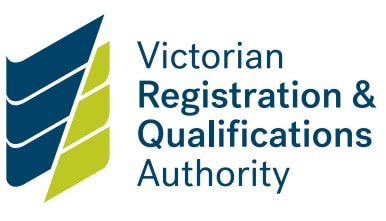Steps to compliance
1. Develop or review
In the physical environment, schools and school boarding premises supervise students and children.
A school’s duty of care does not stop once a child or student is offsite at another physical location for their schooling. Make sure contracts with third-party suppliers have clear requirements for the safety of children and students. Be clear about what you will do if the supplier fails to meet the requirements.
Schools are also responsible for upholding safety and wellbeing in the school’s online environments. Under the guidelines for school registration, schools must already have internet use policies and procedures. Schools may review and revise these documents to comply with this Standard. Alternatively, schools may:
- develop a standalone policy
- include online environments as part of the Child Safety and Wellbeing Policy or the Child Safety Code of Conduct.
2. Endorse
The school governing authority must endorse the statement or policy on online safety and online conduct.
3. Implement
Compliant schools:
- have child safety and wellbeing policies, procedures and practices that enable staff and volunteers to identify and mitigate risks in school environments.
- have a policy or statement on online conduct and online safety
- ensure contracts with third-party suppliers include requirements for the safety of children and students. Note: for government schools, the school council is responsible for this requirement.
Examples of common non-compliance
- No policy or statement on online conduct and online safety.
- A school boarding premise relies on the policies and procedures adopted at the school, without considering the specific child safety risks of a boarding premise environment.
- No contract or written agreement with third parties.
- A third-party agreement without requirements for the safety and wellbeing of children.
- Policies, procedures and practices do not enable school staff and volunteers to identify and mitigate risks in the physical school environment.
- Policies, procedures and practices do not identify and mitigate risks in all school environments. For example:
- camps
- excursions
- sporting events
- home stays
- courses provided in non-school settings.
Updated


